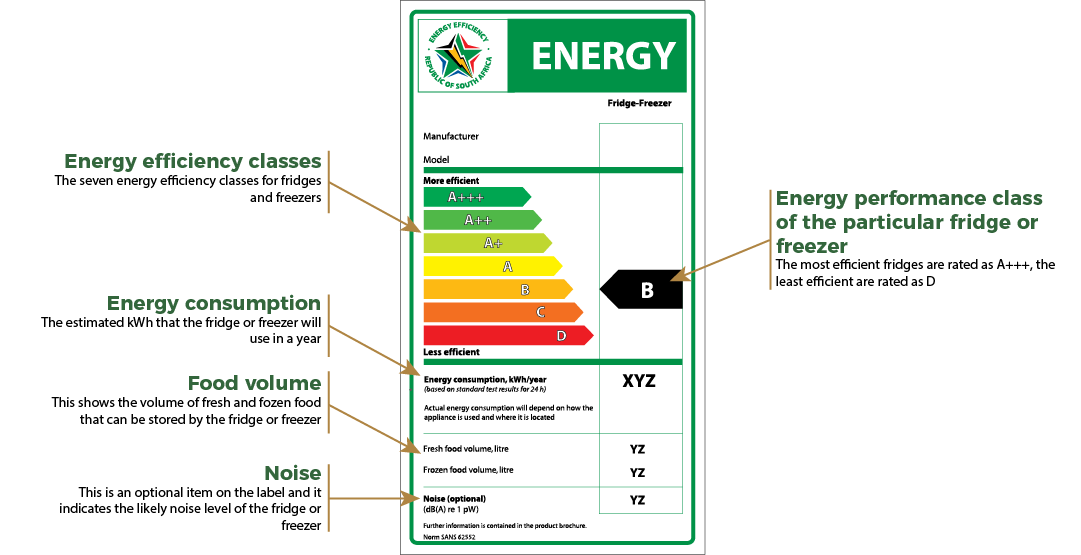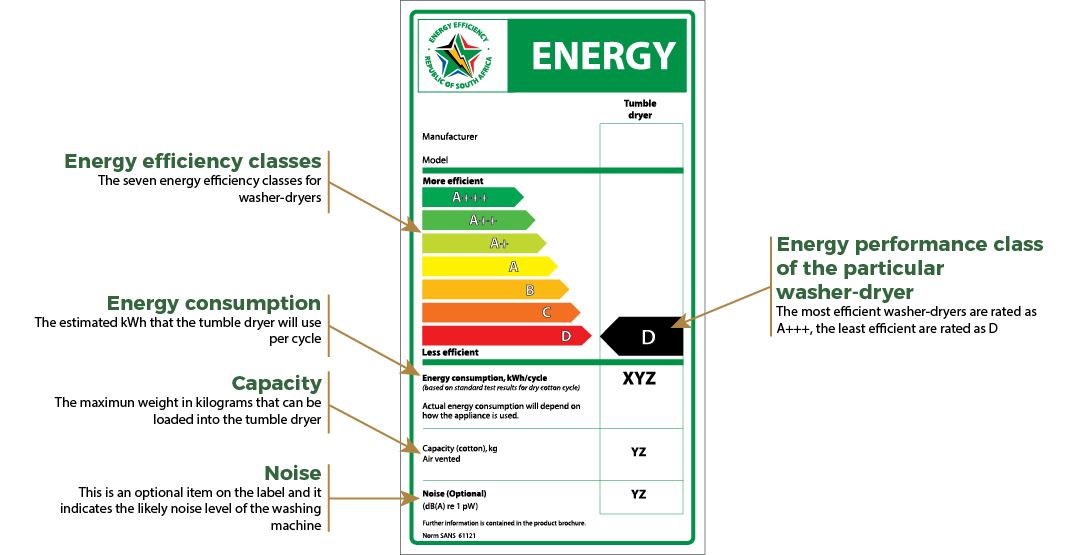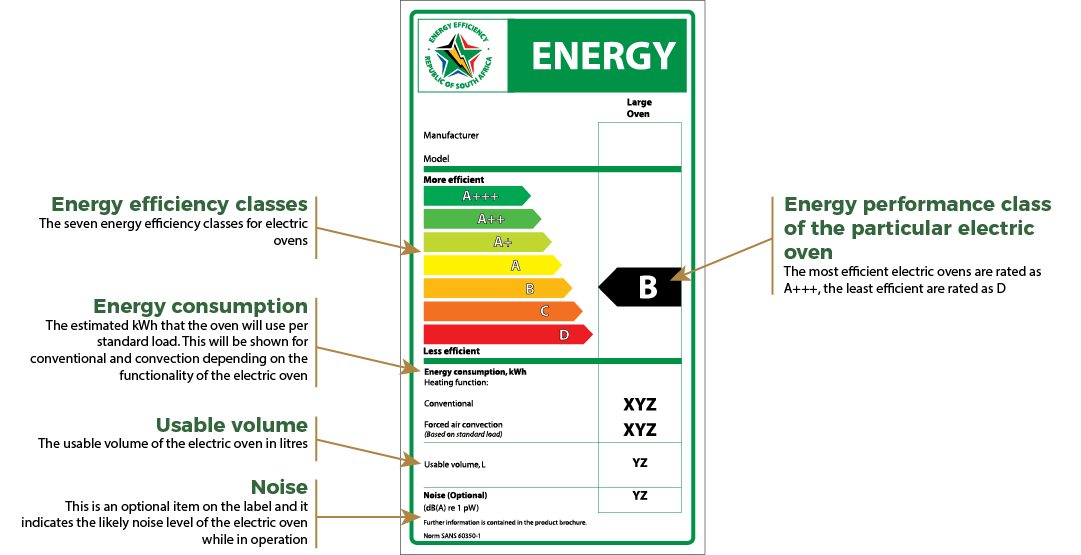Washing Machines
Washing machines that are used regularly can be significant users of both energy and water in households. Purchasing a more efficient washing machine will save electricity and water for years to come.
To protect consumers from purchasing inefficient washing machines, Minimum Energy Performance Standards (MEPS) have been set for washing machines. Currently, only washing machines with an Energy Efficiency Rating of Class A or better can be sold.
A key consideration for consumers when buying a washing machine is the size of the machine. Running a washing machine with a large drum but with a load that is much smaller than its capacity will waste electricity, so consumers should select a washing machine size that is appropriate to their household size. Washing machines with a smaller drum are best suited to households that do regular, small washes. Washing machines with a larger drum are best suited to households that need to wash large loads at one time.
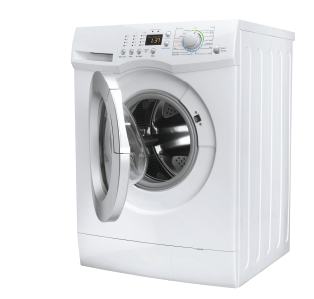
Understanding the energy efficiency label
Washing machines being sold must be labelled with a South African Energy Efficiency Label to help consumers understand the relative energy efficiency of different washing machines. The image below shows a sample of a label for a washing machine with an explanation of the key elements of the label.
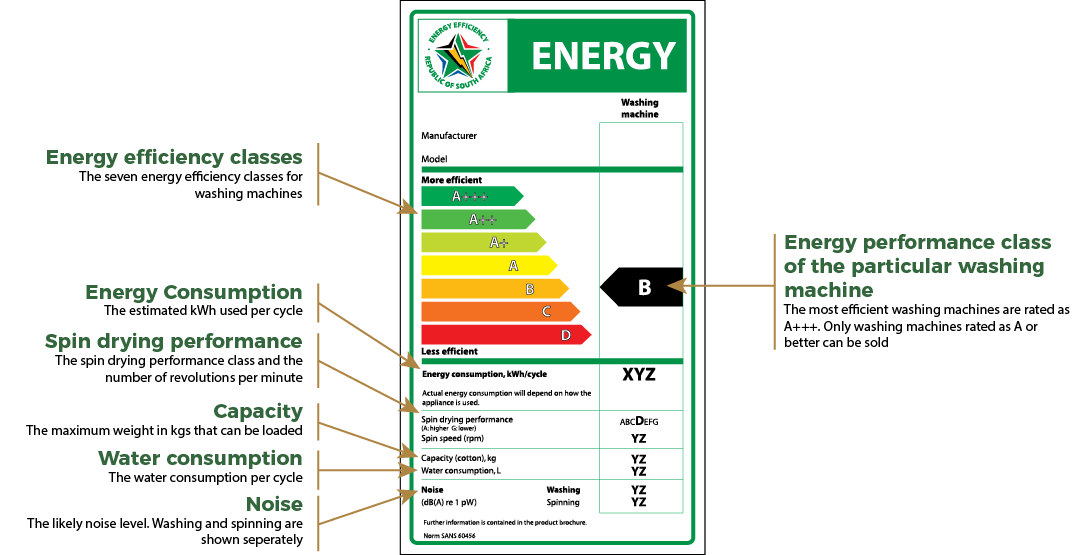
Calculating how much the appliance will cost to run
To calculate the annual running costs of a washing machine, multiply the kWh figure per cycle given on the label by the number of washes you are likely to do in a single week. Next, multiply by 52 weeks. Lastly, multiply by the cost of electricity in your municipality. You can find the kWh cost of electricity in your municipality by looking at your electricity bill. For example, if the label indicates that the washing machine will use 0.86 kWh per cycle and where you live a kWh of electricity costs R2 (including VAT), the cost of running the washing machine that you use 6 times a week will be R536.64 for the year.
It should be noted that the kWh figure per cycle on the label is for a standard load. In reality, consumers use washing machines very differently depending on the circumstances of their households. As a result, the actual kWh per cycle will vary according to size of load, water temperature selection and spin selection.
Appliance Energy Calculation Tools were created to aid consumers to make more informed decisions by calculating the long term cost for running an appliance. Click here to calculate the running costs and CO2 emissions for washing machines.
{Energy Consumption Per Cycle}
x {Number of washes per week}
x {Number of weeks in a year}
x {Cost of Electricity in your municipality}
= Annual running cost of the appliance
0.86 kWh X 6 washes per week X 52 weeks in year X R2 per kWh = R536.64
Tips for using your appliance most efficiently
 Use cold water
Use cold water
Washing laundry in cold water saves energy because the washing machine is not required to use additional electricity to heat water. Wash using cold water where possible.
 Wash with a full load
Wash with a full load
Washing a small load consumes as much energy as a full load. Save energy by only washing full loads.
 Use short washing cycles
Use short washing cycles
The shorter the cycle the lower the amount of electricity required for the cycle. Wash clothes on the shortest cycle that’s appropriate for the items being washed.





